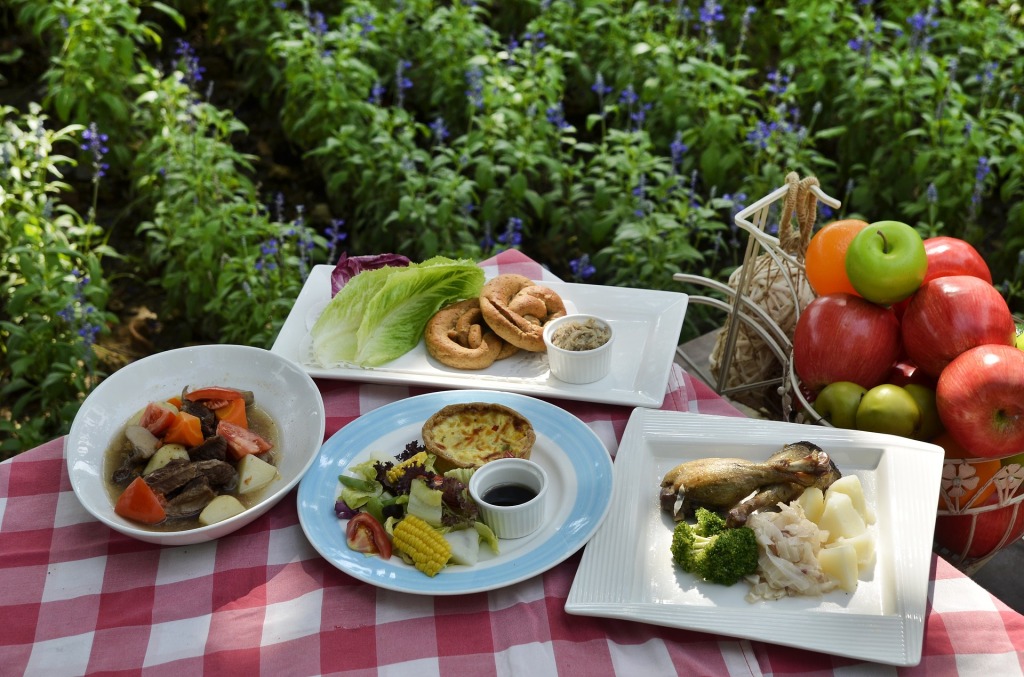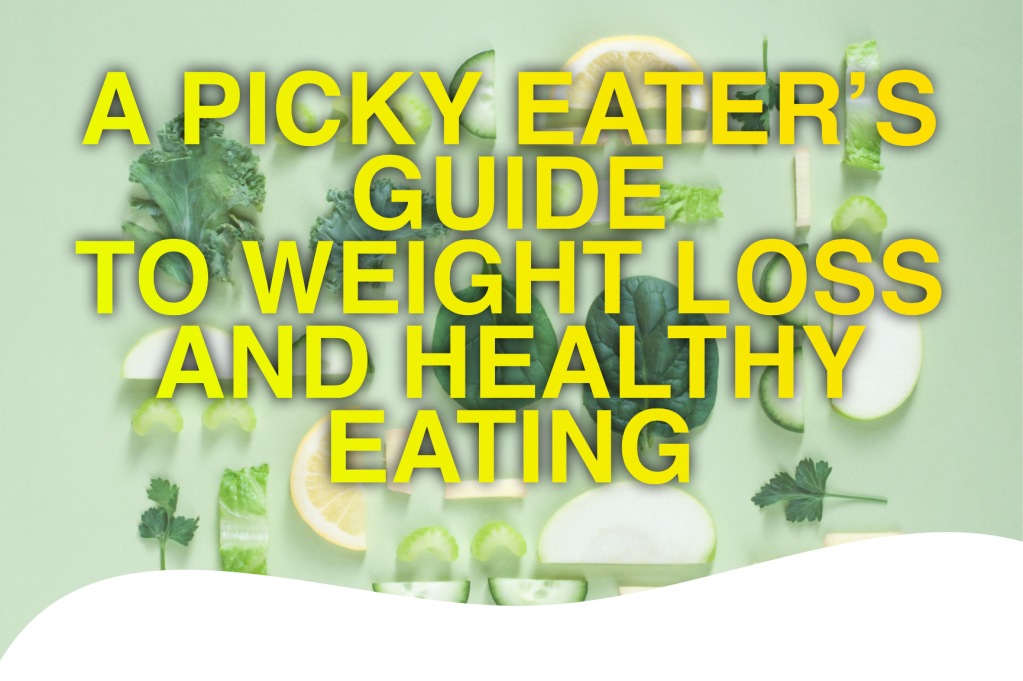by: Maria Graft, Nutrition and Healthy Living Coach

Lose Weight by Harnessing the Power of Group Support
Are you someone who likes to work alone or with a group? If you are a solo flier, listen up, because research shows that those who like to fly with a flock show more success with a weight loss program. According to an independent study conducted in Great Britain, Australia and Germany, overweight people who were referred to an accountability group by their doctors lost twice as much fat as those who received standard dieting and exercise advice from their physicians apart from a group.
Researchers, enthusiastic about the study’s results and the potential for replicating the methods used, deduced that an important factor was the support and influence of a group as opposed to “trying to go it alone.”
If you’re trying to lose weight, tapping into the power of peer group support may bring you the best results.
Putting Peer Group Support to Work For You
1. Feel validated. For many people, the most important component of a peer support program is joining up with others who share their experiences and goals. It’s easier to empathize when you really know what someone is going through because you’ve lived through similar events.
2. Develop a sense of community. Your weight loss buddies can become like a second family. You share each other’s struggles and victories. You can confide in each other. You understand and can sympathize with each other.
3. Address emotional issues. Being overweight can be more than a physical health issue. You may need support to overcome emotional eating habits or deal with social stigmas. Sharing each other’s triggers and discussing them, can be helpful. If you are close to your group members, you can reach out when you are feeling temptation.
4. Get practical assistance. People who have reached their own weight loss goals are in an ideal position to advise you about what really works. Focus on improving your daily routine and locating helpful resources in your community. When you reach your weight loss goals, don’t abandon the group. Your gained wisdom can benefit those who have yet to reach their goals
5. Change your behavior. Losing significant weight and keeping it off involves choosing the right foods and much more. You’ll learn a broad range of behaviors for eating better, exercising and managing stress. Working with others and holding each other accountable can increase your success in changing your behavior because of the feeling that you are all in it together.
6. Take a long term perspective. Maintaining a steady weight is more important than losing a couple of dress sizes for your wedding day. Realizing that healthy habits are a lifestyle is a good way to look at things, instead of trying to lose weight quickly and recklessly. Learn skills that will keep you fit for life.
7. Remain flexible. Your body and living conditions will change at different times in your life. Be prepared to adapt your diet and workouts to your current needs. Remember, also, to love your body. Your body will change as you age. Don’t be too hard on yourself.
8. Discover the power of reciprocity. One of the most amazing benefits of peer support programs is the phenomena by which people help themselves by helping others. You become empowered and make more progress while you reach out to others.
Understanding the Limits of Peer Group Support
1. Eat less and exercise more. Of course, diet and exercise are essential along with group support if you want to take off some pounds. Eat a balanced diet and try to get at least a half hour of exercise at least three days a week.
2. Talk with your doctor. Peer support programs complement medical care rather than replace it. It’s especially important to follow your doctor’s recommendations if you have conditions like diabetes or high blood pressure.
3. Adapt successful techniques to your own needs. Not everything that your group may be right for you. Make sure you take the best of any program and adapt it to your lifestyle and weight and nutrition goals.
4. Consider online options. Of course, these days, the availability for online accountability groups is abundant. This makes things extremely accessible and of course, convenient. No need to drive from work to a meeting location. No need to trudge through inclement weather, either. And the ability to connect with people outside of your home town is very exciting and broadening
Losing weight the healthy way is a gradual process that needs to be sustained for life. Increase your chances of success by putting peer group support to work for you along with a sensible diet and regular exercise. Remember to include your doctor, too. She will probably be extremely proud that you have taken control of your health and are making some new friends, too!
I run a 30 Days to Healthy Living group! Being a part of it will grant you the accountability partners you’ve been looking for, nutrition information, workouts, recipes and so much more. You’ll learn sustainable life skills for losing the weight and keeping it off. If you’d like to learn more about my 30 Days to Healthy Living Accountability Group, please email me at maria@mariagraft.com or comment below!







































